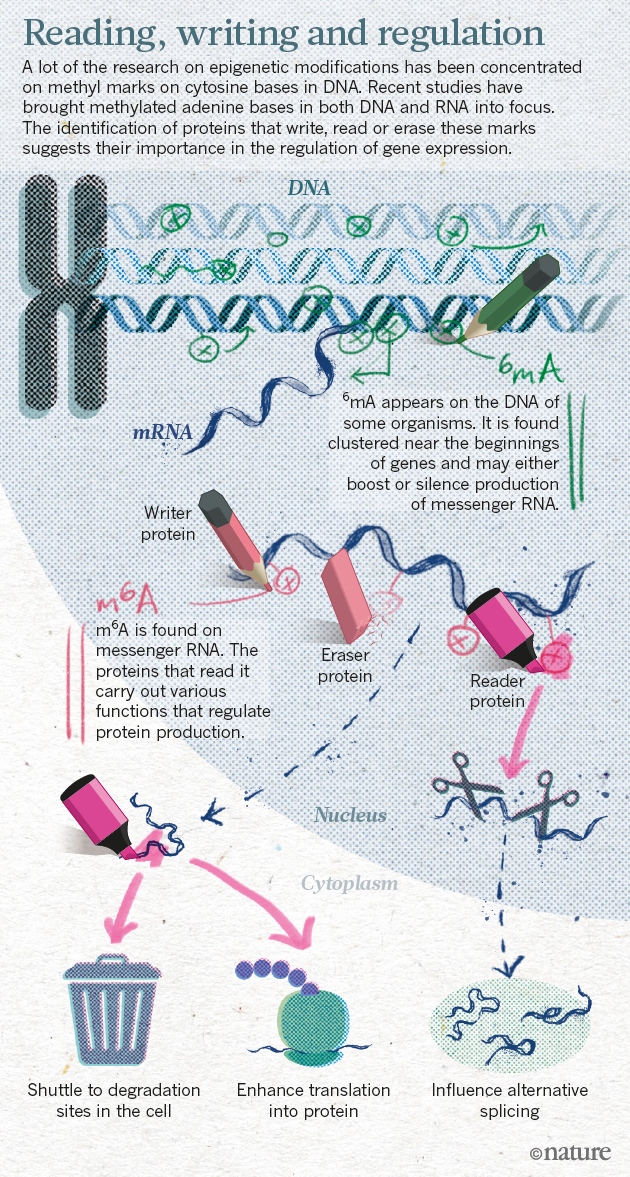We live in a disparate world, and the range of health care expenditure per capita goes from $33 in Somalia to $9.267 in USA. These are tough figures, while in Somalia you'll understand that access is the problem, in USA disparity is inside, waste and access at the same time are the problems. The Lancet article shows the reality of world health expenditure. It worths reading it.
The availability of prepaid resources for health, such as government spending, is one of many determinants of access to health care, and can lead to population health gains. Economic development is associated with an increase in spending and specifically an increase in prepaid resources. This is at the core of the pursuit for universal health coverage. This research also points to countries that deviate from the trends, spending more or less than expected, based on their level of economic development. This information is valuable to planners assessing funding gaps and financing opportunities, and can be used to provide insight into what future health financing challenges are likely. Tracking changes in health financing patterns across time and benchmarking against global trends is vital to addressing missed opportunities, ensuring access to medicines and high quality services, and the pursuit of universal health coverage.
Gorgeous new album by Joan Miquel Oliver. Atlantis





